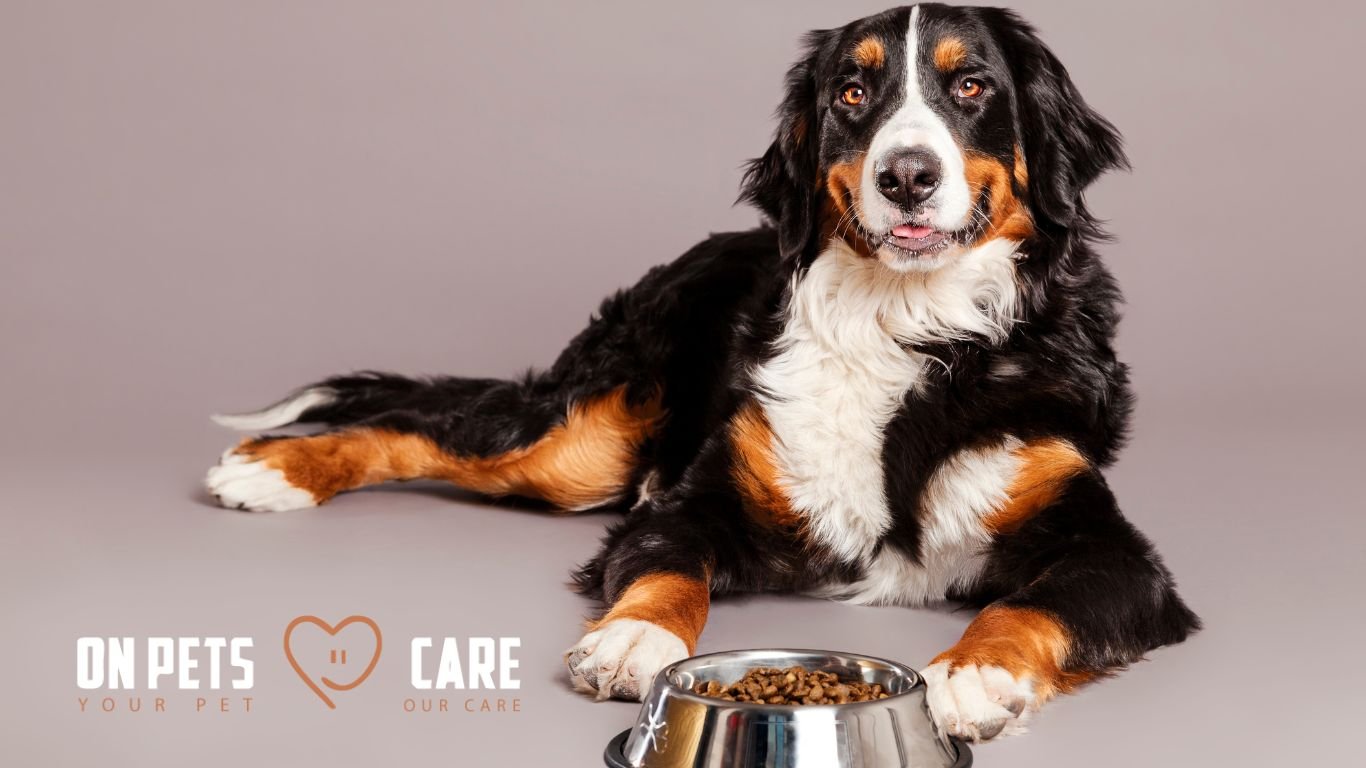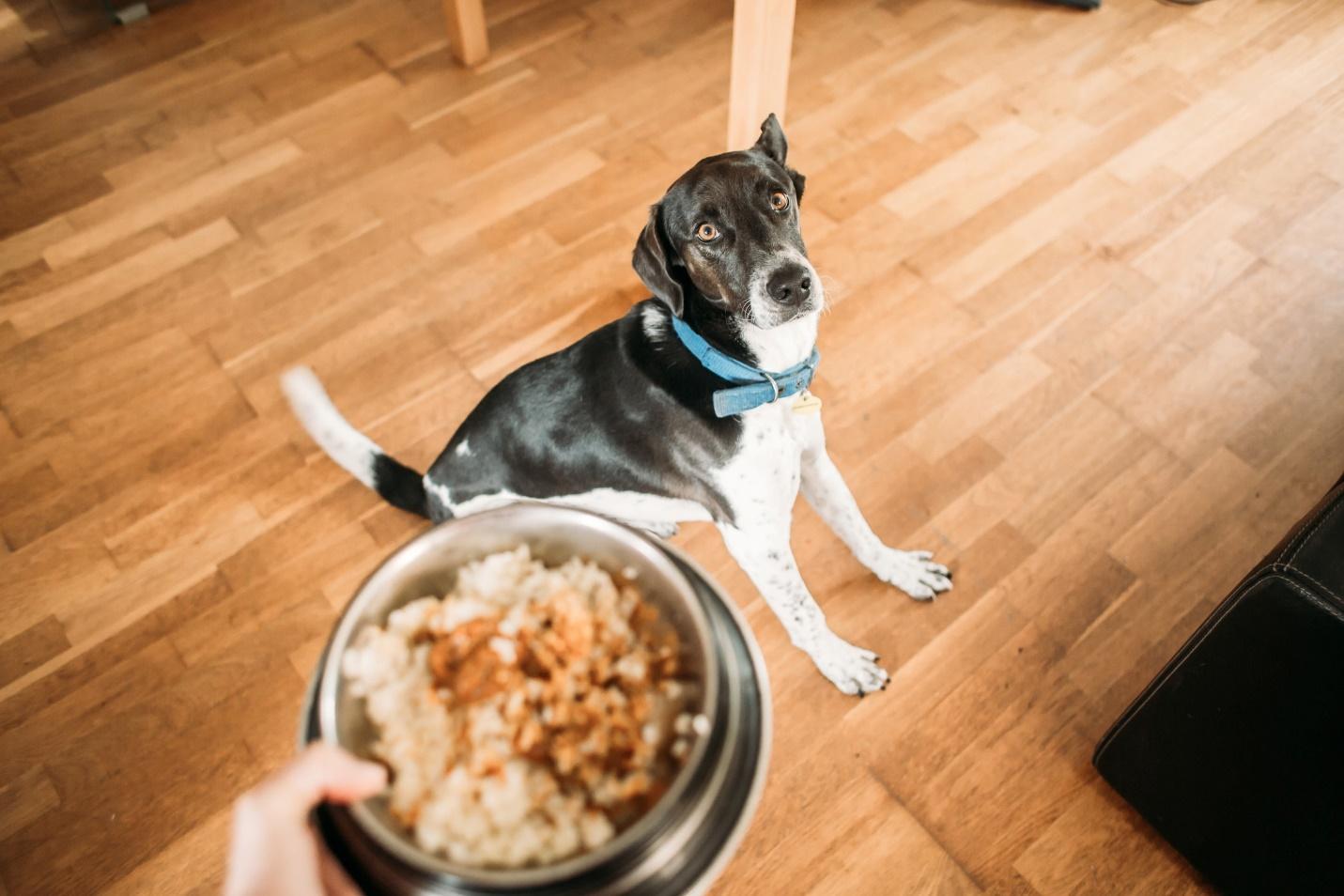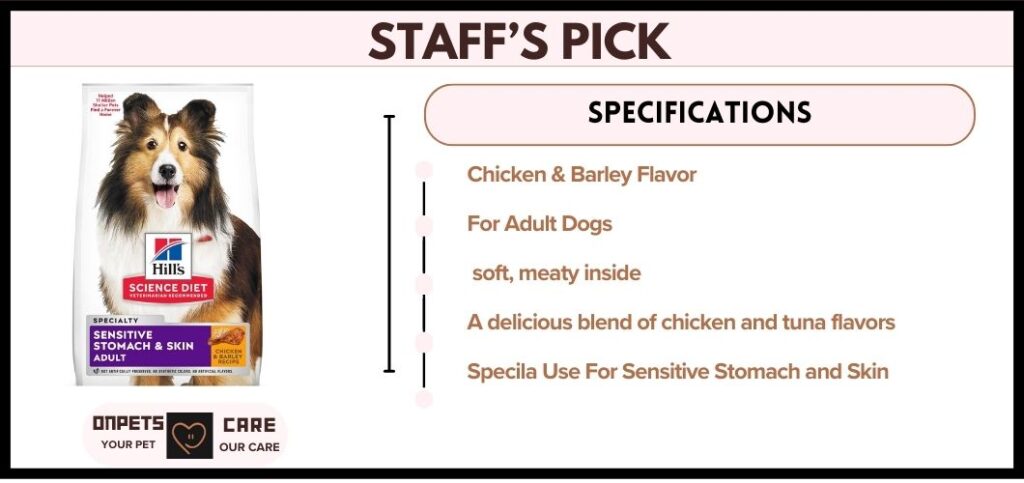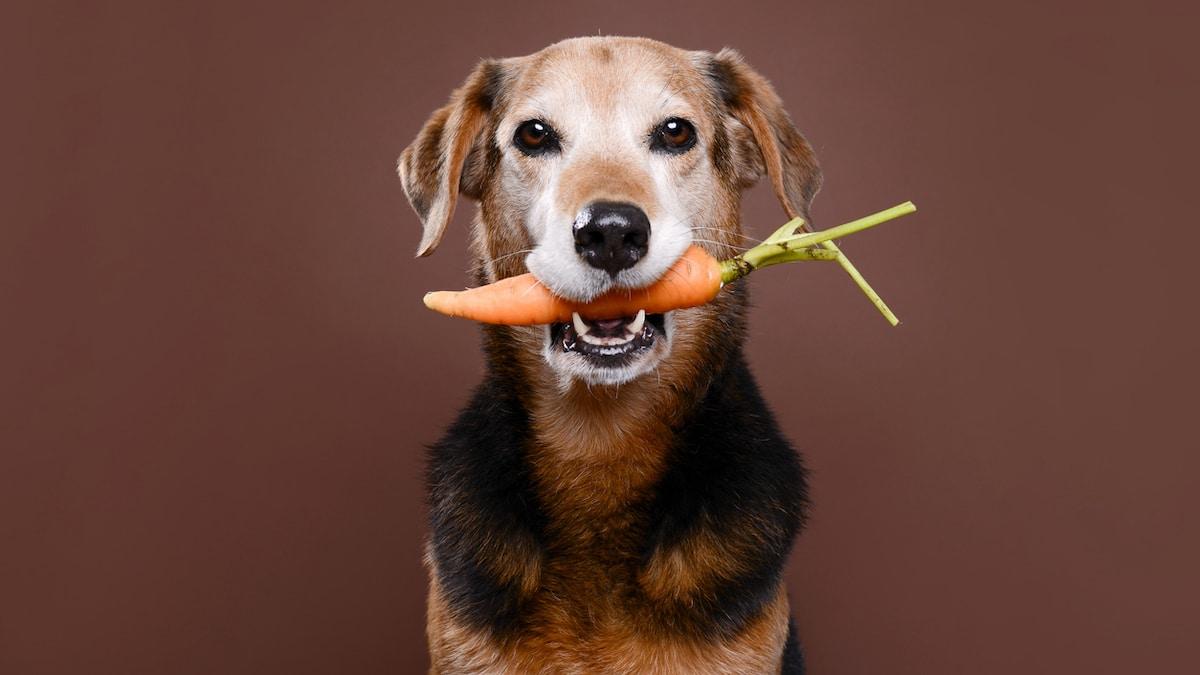Get to know About The Best High Fiber Dog Food.

Hey there, fellow dog lovers! If you’re like me, you want the best for your furry friend, right? Let’s talk about something often overlooked but super important: high-fiber dog food. Yep, you heard that right! Like humans, our canine companions need their fair share of fibre to keep their digestive systems happy and healthy. So, sit back, relax, and let’s get to know all about high-fiber dog food.
What Exactly Is High-Fiber Dog Food?

High-fiber dog food is specifically designed with higher than average levels of fibre for your furry companion’s digestive health and happiness. Fibre helps regulate the flow of bowels while preventing constipation and helping manage weight control; additionally, it keeps them feeling happy and content! Plus, it keeps their owners at peace, which is an added benefit.
Here are some examples of high-fiber pet foods:
- Dry food: Many dry dog and cat foods are now in high-fiber formulas. These foods often contain ingredients such as pumpkin, sweet potatoes, and carrots, all good fibre sources.
- Wet food: Wet food is naturally higher in moisture than dry food, and it can also be a good source of fibre. Look for damp recipes containing pumpkin, carrots, or green beans.
- Fresh food: Fresh food diets are often the highest in fibre, as they contain a variety of whole, unprocessed ingredients. If you want to feed your pet a fresh diet, talk to your veterinarian for guidance.
Great Sources of Fiber for Dogs
After establishing the importance and necessity of fibre for dogs, let’s talk about finding it in food sources your pup will love. There are a wide variety of fibre-rich foods out there that your canine might appreciate, such as vegetables such as broccoli, carrots, and sweet potato as well as fruit such as bananas or apples (just make sure any pits or seeds are removed before feeding!). Don’t forget grains such as brown rice or oatmeal which provide both fiber and energy boosts!

Here are some great sources of fibre for dogs:
Fruits and Vegetables:
- Apples (without seeds): Apples are a good source of soluble and insoluble fibre and vitamins A and C. Be sure to remove the seeds and core first, as they can harm dogs.
- Carrots: Carrots are a good source of beta-carotene, fibre, and vitamin A. They can be given to dogs raw, cooked, or frozen.
- Green beans: Green beans are a good source of fibre and vitamins. They can be given to dogs raw, cooked, or canned.
- Pumpkin (cooked): Cooked pumpkin is an excellent fibre source and can help regulate digestion in dogs. It can be added to their food or given as a treat.
- Sweet potatoes: Sweet potatoes are a good source of fibre, vitamins, and minerals. They can be roasted, baked, or mashed and added to your dog’s food.
Grains and Other:
- Ground flaxseed: Ground flaxseed is a good omega-3 fatty acids and fibre source. However, it should be given to dogs in moderation, as too much can cause diarrhoea.
- Brown rice: Rich in complex carbohydrates and fibre, brown rice is a great food option. For dogs, it’s a healthier substitute for white rice.
- Oatmeal: Rich in fibre, oatmeal might offer relief to dogs with unsettled stomachs. Make careful you get plain oats instead of instant oatmeal with flavorings and extra sugar.
It is crucial to remember that you should always speak with your veterinarian before adding any new foods, especially ones high in fiber, to your dog’s diet. They can assist you in figuring out how much fibre is suitable for your dog based on their particular requirements and state of health.
How to Add Fiber to My Dog’s Diet

Incorporating fibre into your dog’s diet doesn’t need to be complicated – it could be easier than you think! Just add high-fibre dog food items into their regular meals or provide high-fibre treats as tasty snacks to easily add fibre to their diet. Introduce new food gradually so as not to cause stomach irritations; provide fresh and plenty of water when increasing fibre consumption.
Adding fibre to your dog’s diet can be beneficial, but involving your veterinarian is crucial. They can assess your dog’s needs and recommend the safest and most effective approach.
Here are some potential ways to increase your dog’s fibre intake, but remember to discuss them with your vet first:
- Natural food sources: You can incorporate certain fruits and vegetables like apples (without seeds), bananas (in moderation), blueberries, carrots, green beans, cooked pumpkin, and sweet potatoes.
- Grains and other options can also be considered: Brown rice, plain oatmeal, and ground flaxseed (in moderation).
- Commercial options: High-fiber dog food might suit some dogs, but consult your vet before switching their food. In rare cases, your vet might recommend specific fibre supplements, but these should only be used under their guidance.
It’s important to note that some of these suggestions require specific preparation, portion control based on your dog’s size and activity level, and, most importantly, your Veterinarian‘s approval. Ensure you prioritize their professional guidance for a safe and effective approach to increasing your dog’s fibre intake.
Benefits of Feeding Your Dog High-Fiber Foods
- Better Digestive Health: Fiber helps ensure the smooth flow of digestion for your pet to prevent any blocks or discomfort.
- Weight management with high-fiber dog food: If your dog wants to maintain a healthy weight, it will keep them feeling satisfied for longer, helping keep their weight under control.
- Control Your Blood Sugar: Fiber can play an instrumental role in managing blood glucose levels by slowing their absorption. This prevents sudden spikes from happening, helping prevent possible future spikes.
- Healthy Cholesterol Levels: Certain types of fibre can help lower cholesterol levels, decreasing the risk of heart disease.
- Fiber Provides Weight for Stool Moves: Fiber adds weight to stool, making it easier for dogs to frequent the toilet more often.
- Lower Risk of Colon Cancer: Diets high in fibre have been linked with reduced risks of colon cancer in both canines and humans, possibly as much as 30-40 per cent less likely.
- Clean Teeth and Gums: Chewing on fibrous foods effectively cleans your dog’s teeth and improves gum health.
- Fibre can assist your dog’s body quickly absorb vital nutritional elements from food, ensuring they benefit from every bite they eat.
Reasons Why High Fibre Dog Food Mightn’t Be the Ideal Option
Before investing too heavily in high-fiber pet food, here are a few points you should remember. While fiber can undoubtedly benefit your pup, excessive quantities may turn out to be harmful. Here are a few reasons why high-fiber dog foods might not be optimal for all canines. Digestive upset injecting too much fiber at once could cause digestive distress in the form of gas, bloat and diarrhoea in dogs. For this reason, it is best to gradually transition your pup onto a diet high in fibre to ensure no discomfort arises from this transition.
Balance in Nutrition Fiber is essential, but only one element of balanced nutrition exists. Ensure your dog receives all the essential vitamins and minerals for good health. High-fibre pet food can be an invaluable supplement to your dog’s diet, providing many health advantages while helping their digestive tract remain in tip-top condition. Be sure to introduce this food gradually, consult your veterinarian if any concerns arise, and enjoy healthier pets!
Conclusion:
While high-fiber dog food offers many benefits, it’s essential to approach it cautiously and consult your vet before making any significant changes to your pet’s diet. And while high-fiber dog food can be a fantastic addition to your pup’s meals, it’s not a one-size-fits-all solution. Every dog is unique, so finding the right balance of fibre and other nutrients is crucial to keep them healthy and happy. So, next time you shop for dog food, consider adding high-fibre options to your cart. You’ll be doing your furry friend a big favour!
FAQs:
Is high-fiber dog food suitable for all dogs?
Can be beneficial for many dogs, especially those with digestive issues or weight management concerns.
How do I know if my dog needs high-fiber food?
Signs that your dog may benefit from include digestive issues such as constipation or diarrhoea, weight management struggles, or certain health conditions like diabetes or colitis.
Can I make homemade high-fiber dog food?
Yes, you can make homemade using ingredients like cooked vegetables, fruits, and whole grains. However, ensuring that your homemade recipes provide a balanced diet that meets your dog’s nutritional needs is crucial.
Are there any risks associated with feeding my dog high-fiber food?
While high-fibre food can offer many benefits, feeding your dog too much fibre or introducing it too quickly can lead to digestive upset, including gas, bloating, or diarrhoea.






Leave a Reply